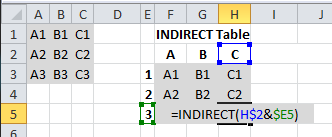I typically don’t do a lot in Microsoft SharePoint, however on my current project I’ve been working on building out a little site that has required learning some new things about it. In particular, I had a main site, with multiple lists on the site. I also have multiple groups of people setup and I wanted to ensure that each group can view the main site, but then can only view their specific list.
So it turns out that if you create a group at the site level than it automatically overrides permissions at the list level, even if you tell a list to not inherit permissions from the parent site. What you have to do is create a group at the site level but do not select any of the permission levels, just create the group without any permissions. This will create the group with “Limited Access” permissions that does not allow them to view or do anything.
Then, you go to the specific list you want to grant the group permissions to and add the group there, granting them permissions directly at the list level. In my case, I gave them “View Only” permissions because it allows users to view lists and look at documents attached to the list.
Finally, in order for users to view the main site (but not any lists below the main site), create and add them to a Visitor’s group that you grant “Read” permissions too. This restricts them to view the site, but not view any lists (besides the specific ones you grant permissions too).
Hope this helps!
The two Microsoft help articles I referenced are:
Remove users and groups from site access – Windows SharePoint Services
Customizing user access to a SharePoint list or library – SharePoint Server


